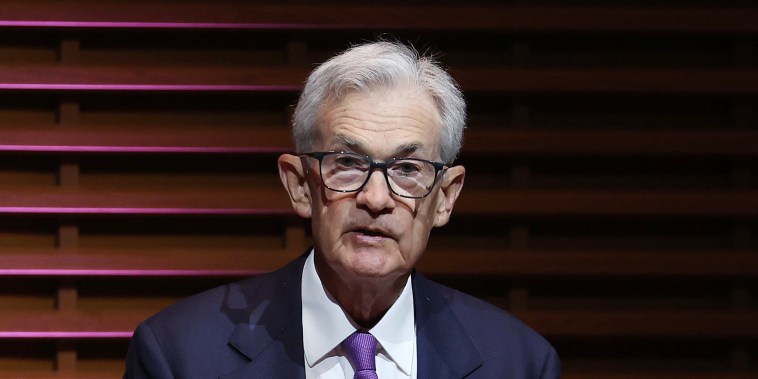In the latest development from the Federal Reserve, Chair Jerome Powell highlighted a concerning lack of further progress on inflation this year. Powell’s statement comes amidst growing concerns about the pace of economic recovery and mounting uncertainties in the global market landscape. This unexpected setback has raised questions about the Fed’s ability to steer the economy towards a path of sustained growth and stability.
The primary cause of the stagnant inflation progress appears to be a combination of supply chain disruptions, labor shortages, and rising input costs. These factors have exerted upward pressure on prices, contributing to a prolonged period of elevated inflation levels. While some level of inflation is deemed necessary for a healthy economy, persistently high inflation can erode the purchasing power of consumers and undermine overall economic stability.
Powell’s acknowledgment of the insufficient progress on inflation underscores the complex challenges facing policymakers in the current economic environment. The Fed has been walking a tightrope, balancing the need to support economic growth with the imperative to control inflationary pressures. The lack of substantial progress on the inflation front suggests that the Fed’s policy tools may be falling short in addressing the underlying structural issues driving price increases.
One key implication of the inflationary stagnation is the potential delay in the Fed’s timeline for tapering its asset purchases and eventually raising interest rates. Powell’s remarks signal a cautious approach to policy normalization, reflecting the central bank’s commitment to supporting the recovery while keeping inflation in check. The Fed’s ability to navigate these conflicting objectives will be critical in shaping the trajectory of the economy in the coming months.
Looking ahead, the Fed faces a delicate balancing act as it seeks to navigate the uncertain economic landscape. Powell’s candid assessment of the inflation challenges serves as a reminder of the formidable task at hand. As the Fed continues to monitor economic indicators and assess inflation dynamics, market participants will be closely watching for clues on the central bank’s future policy direction.
In conclusion, the lack of further progress on inflation highlighted by Fed Chair Powell underscores the complex challenges facing the U.S. economy. As policymakers grapple with supply chain disruptions, labor shortages, and rising input costs, the Fed’s ability to strike the right balance between supporting growth and controlling inflation will be critical in shaping the path ahead. The coming months are likely to be pivotal in determining the success of the Fed’s policy strategies in navigating the evolving economic landscape.
